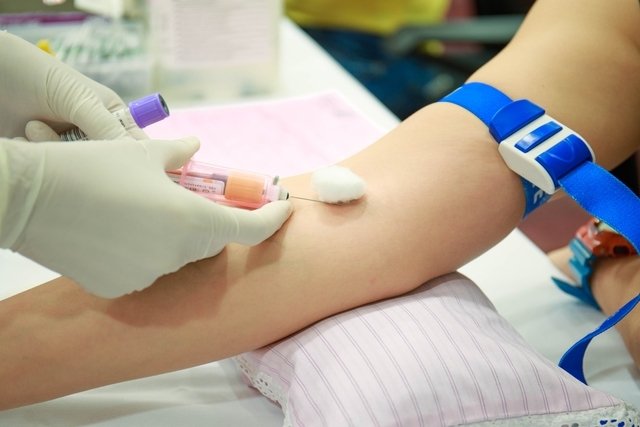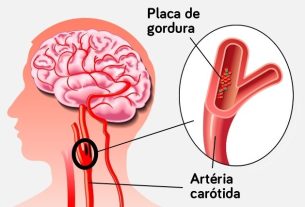The Homa Index is a measurement that appears in the blood test results that serves to assess insulin resistance (HOMA-IR) and pancreas activity (HOMA-BETA) and, thus, assist in the diagnosis of diabetes.
The word Homa means Homeostasis Assessment Model and, generally, when the results are above the reference values, it means that there is a greater chance of developing cardiovascular diseases, metabolic syndrome or type 2 diabetes, for example.
The Homa Index must be performed after fasting for 4 to 8 hours, according to the doctor’s or laboratory’s instructions. It is done by collecting a small blood sample that is sent to the laboratory for analysis and takes into account the fasting glucose concentration as well as the amount of insulin produced by the body.

Homa Index Benchmarks
The normal values of the Homa Index for adults may vary according to the Body Mass Index, however, in general, the values are:
- Homa-IR Reference Value: inferior a 2,5;
- Homa-Beta Reference Value: between 167 and 175.
Reference values may also vary according to the laboratory in which the test was carried out, and may also vary in the case of children and adolescents with very high BMI.
Do you have questions about your exam results?
The Homa Index is determined through mathematical formulas that are related to the amount of sugar in the blood and the amount of insulin produced by the body, and the calculations include:
- Formula to assess insulin resistance – Homa-IR: ((Blood sugar (mg/dL) x 0.0555) x Insulin (iu/ml)) ÷ 22.5
Enter the results of your blood glucose and insulin test into the calculator below to find out your HOMA-IR index:
How to understand the result
According to the results of the exam, the doctor can check whether the pancreas is working properly and whether there is a risk of decompensated diabetes or the development of diabetes:
High Homa Index
When the Homa Index values are higher than the reference values, it may be indicative of:
- Insulin resistance;
- Malfunction of pancreas cells;
- Increased risk of type 2 diabetes;
- Increased risk of metabolic syndrome;
- Decompensated diabetes;
- Diabetic ketoacidosis.
Normally, in these situations, the person may be at greater risk of changes in cholesterol levels and the presence of fat in the blood vessels, which increases the risk of heart attack and stroke. Therefore, it is important that the Homa Index is evaluated by the doctor taking into account the results of other tests that have been requested.
To find out your risk of developing cardiovascular problems, use the following calculator:
What does low Homa-beta Index mean?
When the Homa-beta Index values are below the reference value, it indicates that the pancreas cells are not functioning correctly, so that there is not enough insulin being produced, which can result in an increase in blood glucose.
Bibliography
- VASQUES, Ana Carolina J.; ROSADO, Lina Enriqueta FPL; ALFENAS, Rita de Cássia G.; GELONEZE, Bruno. Critical Analysis of the Use of Homeostasis Model Assessment (HOMA) Indices in the Assessment of Insulin Resistance and Functional Capacity of Pancreatic C-Cells. Arq Bras Endrocrinol Metab. Vol 52. 1 ed;
- OLIVEIRA, Ernesto P.; SOUZA, Mirabeau LA; LIMA, Maria das Dores A. HOMA index (homeostasis model assessment) in clinical practice: a review. Bras Pathol Med Lab. Vol 41. 4 ed; 237-243,
-
Referring to: “HOMA-IR Calculator”:
- BIERNACKA-BARTNIK, Aleksandra et al. The cut-off value for HOMA-IR discriminating the insulin resistance based on the SHBG level in women with polycystic ovary syndrome. Frontiers in Medicine. Vol.10. 1-6, 2023

Sign up for our newsletter and stay up to date with exclusive news
that can transform your routine!
Warning: Undefined array key "title" in /home/storelat/public_html/wp-content/plugins/link-whisper-premium/templates/frontend/related-posts.php on line 12
Warning: Undefined array key "title_tag" in /home/storelat/public_html/wp-content/plugins/link-whisper-premium/templates/frontend/related-posts.php on line 13



